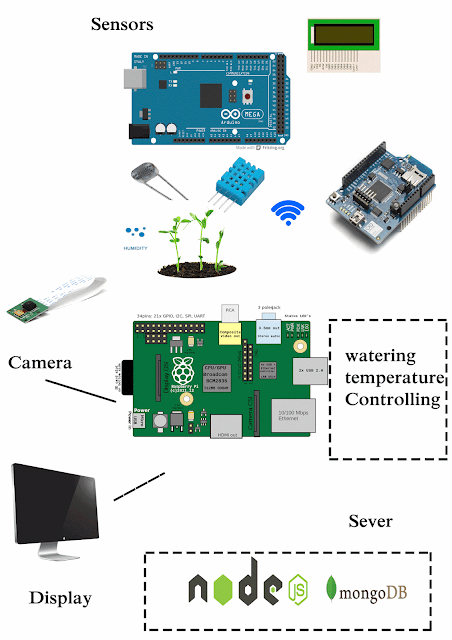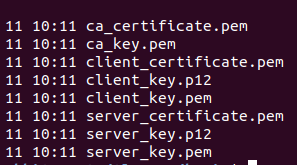Introduction to reactive programming
Introduction to reactive programming
The bites of misused asynchrony
There is an essential concept in the programming of reactive that is asynchronous. Every
developer would be notified that the data emitted in-stream asynchronously as it is independent
of program flow. You can also write the code that is invoked as the stream may emit the original
item. The side-effects, threads and blocking code is an essential matter in this type of context.
The first-class function
The first-class function is called the nested function with scoping of proper lexical that arises at
the core. It states that you could create the anonymous function at a dynamic time where the free
variable may have local variables or parameters of a function of enclosing by which you may get
the value that you can put into the data structures and return.
The Polymorphism
The polymorphism is the core functional programmer value. Most of the programmer may call
this concept is generic programming. It is enforced mainly by the compiler and is a core value of
functional programmers.
2
There is a value of inductive data defined types that are known as recursive types. In most of the
languages, these are called algebraic data types with static type systems
The Inheritance
The inheritance is categorized as a logical implication that is what every function may represent.
It has a relationship between subclass and superclass that is a type of implicit service. It is
expressed with implicit or model classes
The Reactive variables are mostly immutable
In reactive programming, you may not have the opportunity to modify the variable as it is
initialized once. You can’t modify existing variables, but you can create new variables that
would help to maintain the state of runtime program. As you set the value and you can create the
variable, then you may have full confidence that the variable of value may not change.
With the process of recursion, we can keep out variables immutable. We can use the keyword for
reducing to implement a particular function. We would see this on the topic of a higher-order
function. It is also widespread to build the object of the final state; for example, we have a string,
and we have to convert it into URL slug.
The referential transparency functions.
In the referential transparency functions, you can easily replace the function call values with the
return value anywhere, and it is called the state of the program. It would stay the same, and the
particular function is transparent referentially.



Comments
Post a Comment
Comment